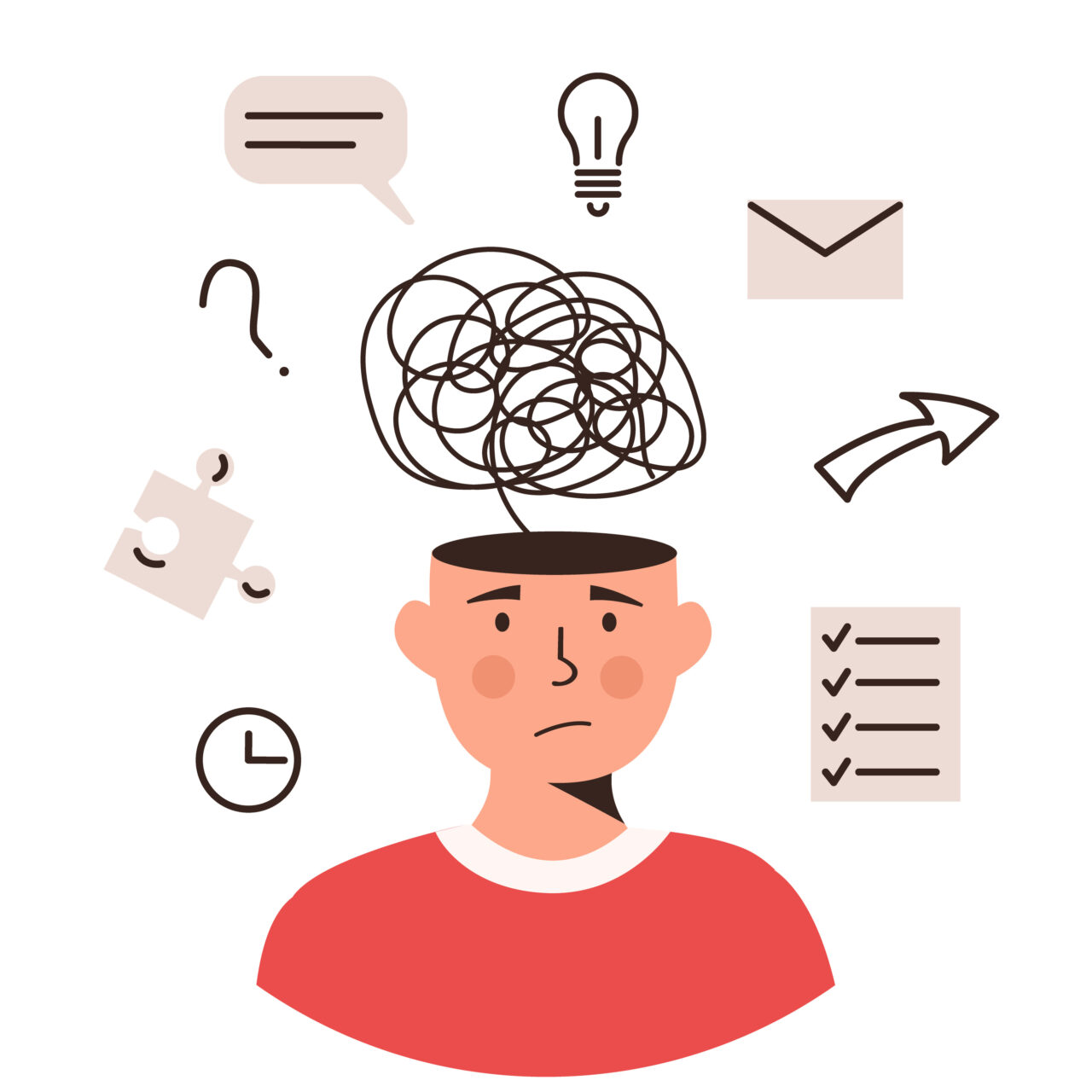Why Attention (in the Classroom) Deserves Our Attention
Posted on | Updated

Last month, I reviewed Distracted: Why Students Can't Focus and What You Can Do about It by Dr. James Lang. Since then, I've been reading a lot about ADHD and the challenges that arise when we can't control or focus attention—our own or our students'. So this month, I thought I'd do a deeper dive into the subject of attention in the classroom and share some of the main strategies Lang proposes to help students focus on learning.
According to Lang, "attention deserves our attention [because] our students won't learn without it" (22): we literally can't learn what we don't pay attention to. Since our brains were designed to be distractible, creating effective learning environments requires putting some conscious thought into how we attract and sustain our students' attention over the course of a 3- or 6-hour class.
Even without the distraction of laptops and phones, our brains struggle to maintain focus for long periods of time unless we are highly interested. There is a reason that TED talks average 18 minutes! But digital devices definitely amplify our distractibility: Lang cites research that students distract themselves with devices an average of every 5-6 minutes (50). And the distraction does not affect them alone: every student who notices another student being distracted by a digital device also loses focus. So what to do? We have distractible brains, and our devices are so very good at getting and keeping our attention.
Here are some of Lang's easiest suggestions on how to increase attention and decrease distraction in your classroom:
- Talk to students about the science of attention and how distraction can harm their learning: explain how, when and why digital distractions might be welcome or unwelcome for particular class activities (for example, welcome during research; unwelcome during discussions or critiques).
- Model device-free attention: we are suggestible creatures, so every time we see someone check their phone, we feel an urge to check our own. Show your students that you are fully present to help them do the same!
- Learn student names and use them often: research shows that hearing our names spoken gives an immediate jolt of attention that persists for several minutes.
- Create intentional and supportive communities: strong community relationships increase attention because we hold ourselves accountable to others more than to ourselves!
- Encourage curiosity: start your course with questions, puzzles or mysteries that you and students can explore together;
- Design your class in "modules" that alternate passive activities (watching and listening) with active ones (doing and speaking);
- Provide opportunities for attention "renewal" throughout a long class by periodically introducing novelty, movement, and variety;
- Encourage students to connect their learning to personal interests;
- Assess and reflect on your classes through the lens of attention: when were students engaged? when did their attention drift? when it drifted, where did their attention go?
At the end of the day, you will never be able to prevent your students' minds from wandering. As those of us attending Jen Woodin's meditation sessions know, that's just what minds do! And sometimes students legitimately have bigger issues on their minds than whatever they are supposed to be learning in class. But if we understand that distraction is our default setting and attention is a win, we can do a lot to help our students experience more distraction-free learning so they (and we) can celebrate more attentional wins.